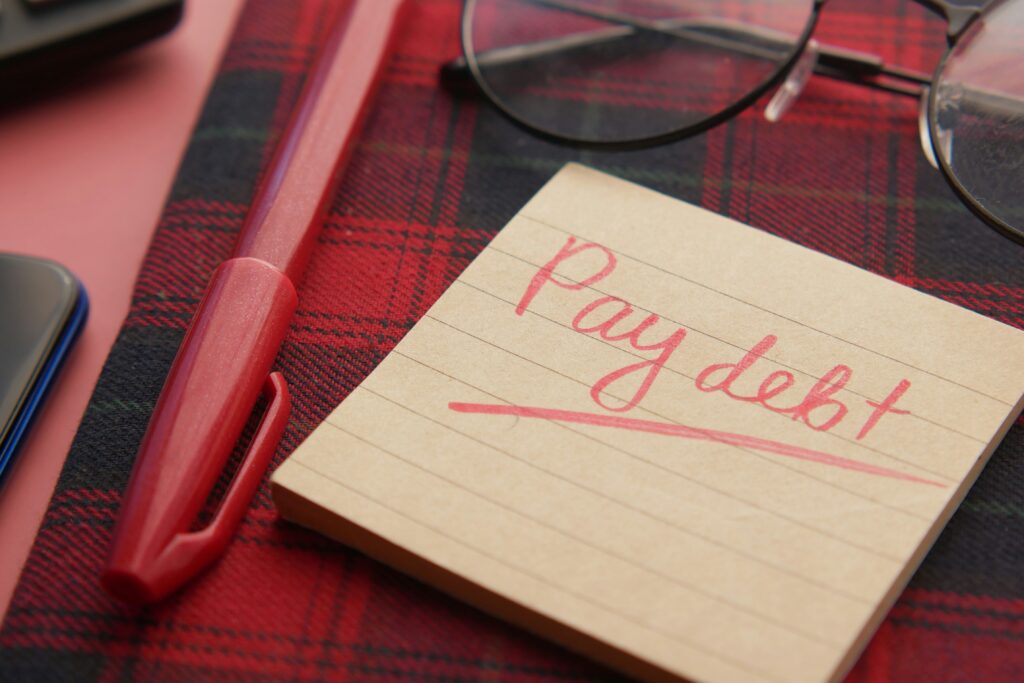Debt Demolition The Strategic Guide to Wiping Out $25K in Debt
Debt Demolition: An Organized Method for Doing A $25K Debt Elimination
In the current financial environment, controlling and getting rid of debt has become essential to reaching financial independence. Do not be alarmed if you are facing a $25,000 debt load; we have developed a tactical strategy to assist you in effectively eliminating that debt. Let’s get started on doable measures that will enable you to take charge of your financial future.
Recognizing Your Debt Situation
Understanding your financial situation clearly is essential before starting a debt elimination path. The first step is to analyze the debt categories. Sort your loans into low- and high-interest categories, giving the former priority in order to reduce your long-term financial burden. Carefully crafting a budget is the first step towards effectively eliminating debt. You can find places to reduce wasteful spending and reallocate money to debt payments by creating a comprehensive budget. To get a complete picture of your financial inflows and outflows, make a list of all of your sources of income and itemize every spending. The Debt Snowball and the Debt Avalanche are two well-liked debt repayment plans. By paying off the lowest bills first, the Snowball technique builds motivating momentum. On the other hand, the Avalanche technique reduces total interest payments by addressing high-interest obligations first. The Right Strategy to Choose relies on your financial objectives and personality. Talking to your creditors can make all the difference in your debt-reduction path. Talk to them about lowering interest rates or looking into debt consolidation. Successful Bargaining Strategies might greatly lessen the financial load, making it simpler to reach your repayment objectives. Increasing your income is a proactive way to help you pay off debt faster. Finding Profitable Side Projects or looking into possibilities for professional progression will give you the extra money required to speed up your debt-reduction plan. Maintaining long-term financial health requires becoming financially literate. Resources for Financial Literacy Education enable you to budget effectively, make well-informed decisions, and make calculated investments in your future. Creating an emergency fund acts as a financial safety net, keeping you safe from unforeseen costs that could otherwise throw off your debt payback schedule. One of the most important steps toward financial resilience is creating a substantial emergency fund. No matter how small your victory was, celebrate it. Establishing attainable goals and monitoring your advancement fosters persistence and drive. Review your budget frequently, and modify your plans in light of your evolving financial situation. To sum up, the journey towards debt liberation involves careful preparation, methodical implementation, and ongoing financial literacy. You can eliminate a $25,000 debt and clear the path to financial freedom by comprehending your debt situation, creating a thorough budget, and putting efficient payback plans into place. Making a Masterpiece Out of Budgets
Choosing Your Approach: Snowball or Avalanche
Talking Things Out with Creditors
Investigating Different Revenue Sources
Empowerment through Financial Literacy
A Protection Against Debt: Emergency Fund
Monitoring Development and Marking Significant Occasions
The Path to Financial Freedom







